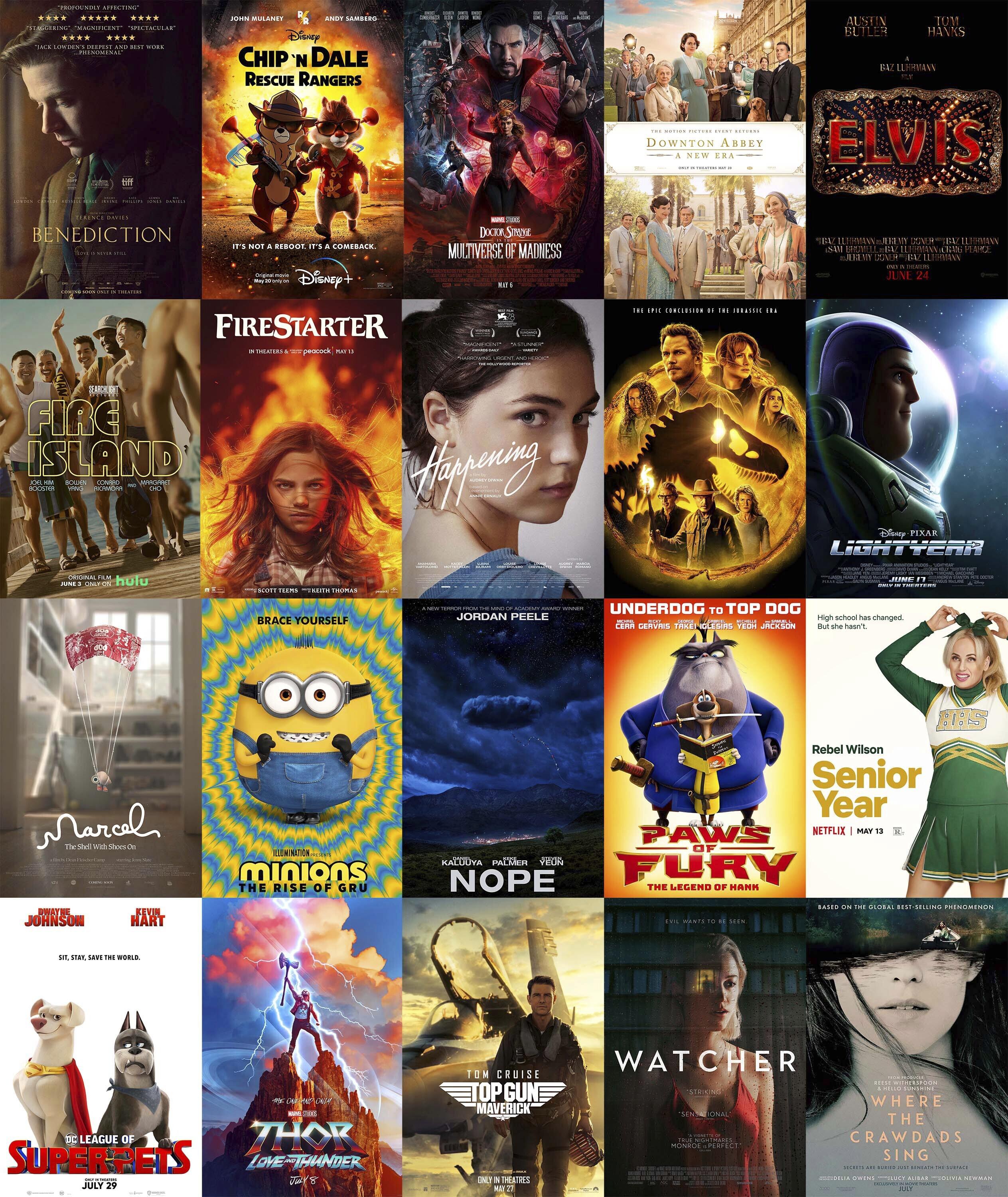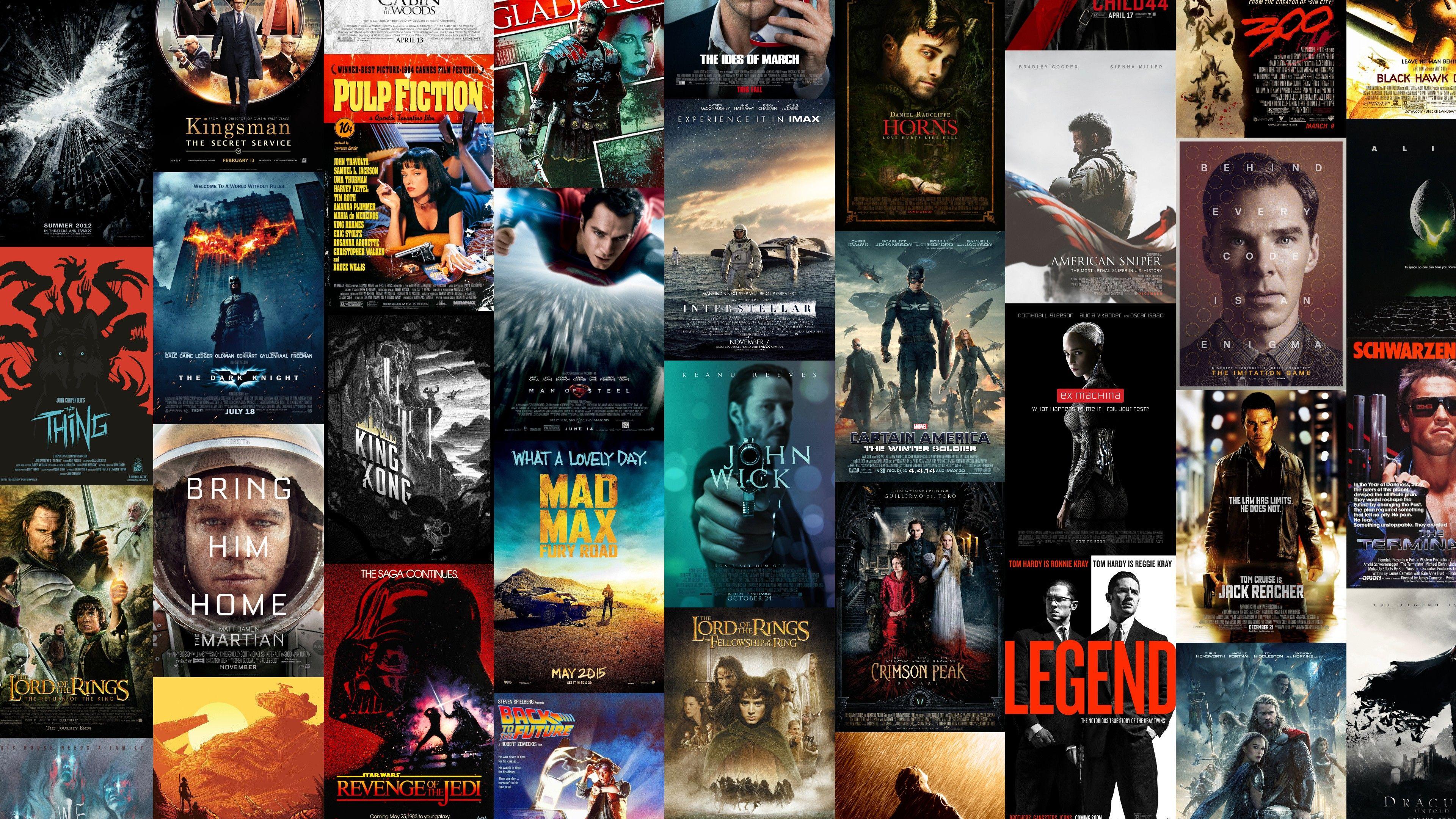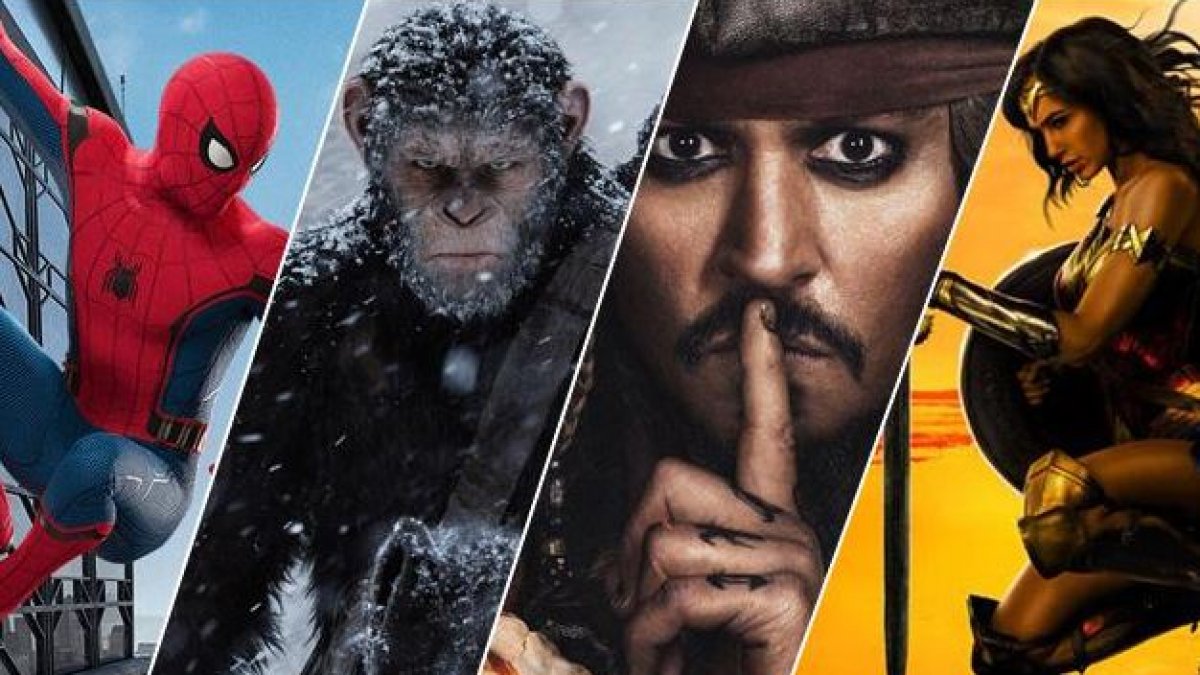Have you ever wondered about the role of nudity in film? It's a topic that, you know, often sparks a lot of talk and, frankly, can be a bit misunderstood. When we think about movies with nudity, our minds might jump to many different places, perhaps to something shocking or, just maybe, something quite beautiful. But, really, it's a part of storytelling that has been used in countless ways throughout cinema's long history.
For many filmmakers, including nudity in a movie is not about making a scene scandalous; it's, like, a choice made for a specific purpose. It might be there to show a character's vulnerability, to make a situation feel more real, or even to add a layer of symbolism to the story. It is, after all, a part of the human experience, and cinema, in a way, often tries to mirror that.
So, too it's almost, this exploration isn't about judging or promoting any one type of film. Instead, it's about looking at why and how nudity appears on screen, what it can mean for the story, and how audiences, well, sometimes react. It's about getting a better grasp on a part of filmmaking that, you know, sometimes gets a lot of attention, but not always for the right reasons.
Table of Contents
- Artistic Choices and Storytelling: Why Nudity Appears in Films
- A Glance at History: How Nudity in Film Changed
- Different Perspectives: Cultural and Audience Reactions
- Ethical Considerations and Actor Consent
- Frequently Asked Questions About Nudity in Movies
Artistic Choices and Storytelling: Why Nudity Appears in Films
When you see nudity in movies, it's usually there for a reason, or at least it should be. Directors and writers, you know, often make very specific choices about what they show on screen. It's not just thrown in; it's meant to serve the story, the characters, or a bigger idea. Really, it's part of the visual language of cinema.
Character Depth and Vulnerability
Sometimes, nudity helps us see a character in a new light. It can show their rawest self, stripped of defenses, which is that, a really powerful way to communicate vulnerability. When a character is shown without clothes, it can, for example, reveal their fears, their pain, or their innocence in a way words alone might not.
It's a way to get closer to what someone is truly feeling, or, you know, going through. A character's body, in these moments, becomes part of their story, showing their emotional state quite clearly. This can, honestly, make us feel more connected to them, seeing them in such a personal, exposed state.
Realism and Authenticity
In certain situations, nudity just makes a scene feel more real. If a movie is trying to show, say, a birth, a medical examination, or a very intimate moment between people, including nudity can, in fact, make it feel more believable. It helps the audience feel like they are truly witnessing something authentic, not just a staged version.
This is, essentially, about making the world on screen match the world we live in. Life has these moments, and some films, you know, aim to reflect that reality without holding back. It's about capturing a moment as it might truly happen, without, apparently, shying away from it.
Symbolism and Metaphor
Nudity can also be used as a symbol, or a way to suggest bigger ideas without saying them directly. It might stand for freedom, rebirth, or even a loss of innocence. A director might use it to make a point about society, or about human nature itself, which is, honestly, quite clever.
Think about it like a visual metaphor. The absence of clothing, in some respects, can carry a lot of meaning, adding layers to the film's message. It's a way for filmmakers to communicate complex ideas in a very visual, sometimes very striking, way. This is, basically, about art speaking to us on a deeper level.
A Glance at History: How Nudity in Film Changed
The way nudity has been shown in movies has changed a lot over the years. What was acceptable, or even possible, on screen has shifted with society's views, and with the rules that governed filmmaking. It's a pretty interesting journey, actually, when you look back.
Early Cinema and the Hays Code
In the very early days of cinema, before strict rules were in place, some films, you know, did show nudity. It wasn't super common, but it did happen. Then, in the 1930s, the Hays Code came along in the United States, which was, basically, a set of very strict rules about what could and could not be shown in movies.
Under this code, nudity was, pretty much, forbidden. Filmmakers had to be very clever to suggest things without actually showing them. This period, in a way, forced a lot of creativity in how stories were told, even if it meant, obviously, a lot of restrictions. It really shaped what people saw on screen for decades.
The Rise of the Ratings System
By the late 1960s, the Hays Code was, honestly, falling apart. Society was changing, and people wanted more realistic films. This led to the creation of the movie ratings system we have today, like G, PG, R, and so on. This system, in short, allowed for more mature content, including nudity, depending on the rating.
This was a big change because it meant filmmakers had more freedom, but also, you know, more responsibility. They could show nudity if it fit the story, but the rating would tell audiences what to expect. It allowed for a wider range of films, which was, in fact, a pretty big deal for cinema.
Modern Film and Streaming
Today, with streaming services and a global audience, the way nudity is used in movies continues to evolve. There's a wider variety of content available than ever before, and different cultures have, obviously, different views on what's okay to show. This means, essentially, a lot more freedom for creators.
It's not just about what's allowed anymore; it's about what makes sense for the story being told. Audiences can, for example, choose from a huge selection of films, and directors have more ways to share their vision. This era, in some respects, is all about choice and, well, artistic expression.
Different Perspectives: Cultural and Audience Reactions
How people react to movies with nudity can vary a lot, depending on where they are from and what they believe. What's seen as normal or artistic in one place might be considered, you know, quite shocking in another. It's a really interesting part of how films are received around the world.
Different cultures have, apparently, different comfort levels with the human body being shown on screen. This influences not just what filmmakers create, but also how audiences, you know, talk about and understand these films. It's a complex mix of social norms and personal views.
Even within the same culture, people will have different opinions. Some might see nudity as a vital part of a film's message, while others might find it unnecessary or distracting. This range of reactions, in fact, shows how personal and subjective the experience of watching a movie can be. It's not always a simple thing.
Ethical Considerations and Actor Consent
Behind every scene in movies, especially those with nudity, are real people, the actors. Their comfort and consent are, obviously, very important. There's a growing focus in the film industry on making sure actors feel safe and respected when performing such scenes, which is, quite frankly, a good thing.
This includes having clear discussions about what will be shown, how it will be filmed, and what boundaries, you know, need to be respected. Intimacy coordinators, for example, are becoming more common on film sets to help manage these sensitive moments. It's about ensuring a professional and respectful environment for everyone involved.
The conversation around consent and safety is, essentially, always evolving, which is that, a sign of progress. It shows that the industry is thinking more deeply about the human side of filmmaking, especially when it comes to potentially vulnerable situations. This focus on ethical practice is, actually, vital for the future of cinema.
For more insights into how film production approaches sensitive topics, you might find this article on the role of intimacy coordinators helpful: The Hollywood Reporter on Intimacy Coordinators.
Frequently Asked Questions About Nudity in Movies
People often have questions about why nudity appears in films, and that's, you know, perfectly natural. Here are some common thoughts people have, with some straightforward answers.
Why is nudity sometimes shown in films?
Nudity is often shown in films to serve a specific artistic or storytelling purpose. It might be used to show a character's vulnerability, to make a scene feel more real, or to add a deeper symbolic meaning. It's usually, in some respects, a deliberate choice by the filmmaker to communicate something important about the story or its people.
Are there different kinds of nudity in movies?
Yes, there are different kinds of nudity, or rather, different ways it is used. Some nudity is meant to be very artistic, focusing on the human form as a part of a larger visual composition. Other times, it's used for realism, like in a medical scene, or to show a character's emotional state. The context, you know, really changes how it feels.
How has the use of nudity in cinema changed over time?
The use of nudity in cinema has changed a lot, really, mirroring shifts in society and film rules. In earlier times, strict codes, you know, largely prevented it. With the introduction of ratings systems, more freedom came, allowing filmmakers to include it when appropriate for the story. Today, with streaming, there's even more variety and, honestly, cultural nuance in how it's portrayed across different films.



Detail Author:
- Name : Georgianna Nienow
- Username : gayle.vonrueden
- Email : leuschke.michaela@spinka.biz
- Birthdate : 1986-06-23
- Address : 651 Kristy Plaza East Isabellfurt, NH 49635-9597
- Phone : (559) 577-1181
- Company : Anderson, Stamm and Nader
- Job : Computer Programmer
- Bio : Repudiandae harum eos porro quos consequuntur. Nobis exercitationem ut magnam enim eligendi. Totam adipisci consequatur nemo dolor. Culpa est natus excepturi.
Socials
instagram:
- url : https://instagram.com/dejahpollich
- username : dejahpollich
- bio : Qui hic qui illum quo enim delectus. Ut omnis sunt numquam voluptatem.
- followers : 4549
- following : 1568
twitter:
- url : https://twitter.com/dejah_dev
- username : dejah_dev
- bio : Et fugit eos rerum. Distinctio quod qui cumque molestiae. Natus quasi ullam qui culpa sit aperiam magni.
- followers : 5236
- following : 1131
tiktok:
- url : https://tiktok.com/@dejah_pollich
- username : dejah_pollich
- bio : Impedit et fuga et. Rerum modi tenetur ut temporibus.
- followers : 6987
- following : 2954
linkedin:
- url : https://linkedin.com/in/dejah.pollich
- username : dejah.pollich
- bio : Fuga praesentium doloribus quam qui.
- followers : 6793
- following : 576



























